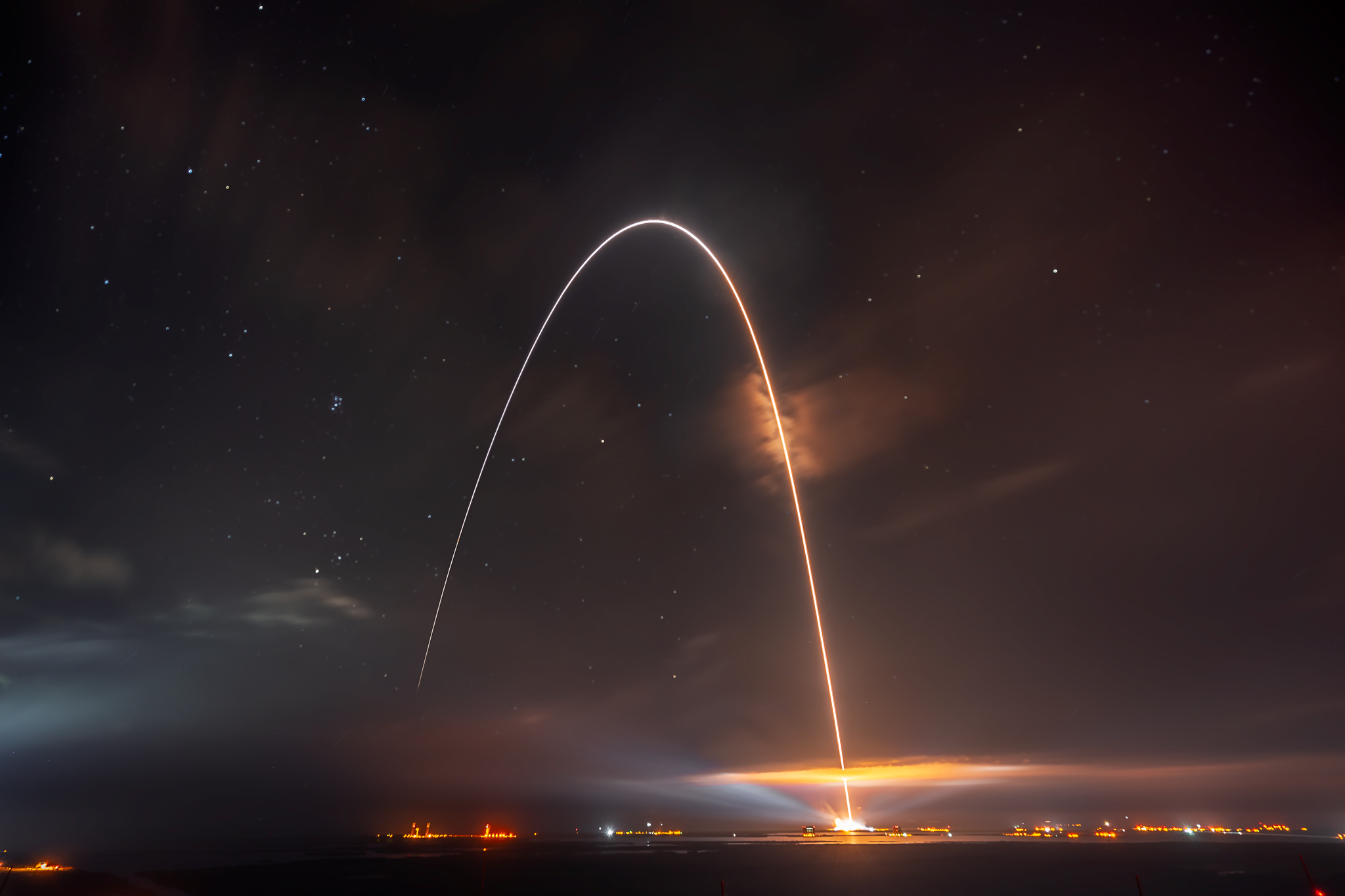When it comes to exploring our Solar System, there are few missions more ambitious than those that seek to study the Sun. While NASA and other space agencies have been observing the Sun for decades, the majority of these missions were conducted in orbit around Earth. To date, the closest any mission has ever come to the Sun was with the Helios 1 and 2 probes, which studied the Sun during the 1970s from inside of Mercury’s orbit at perihelion.
NASA intends to change all that with the Parker Solar Probe, the space probe that recently launched from Cape Canaveral, which will revolutionize our understanding of the Sun by entering its atmosphere (aka. the corona). Over the next seven years, the probe will use Venus’ gravity to conduct a series of slingshots that will gradually bring it closer to the Sun than any mission in the history of spaceflight!
Continue reading “The Sun is Actually One of the Most Difficult Places to Reach in the Solar System. Here’s how the Parker Solar Probe Will Do It”
